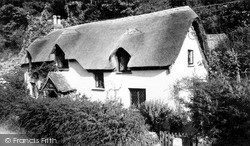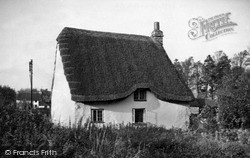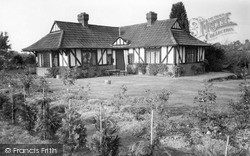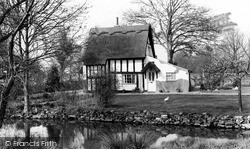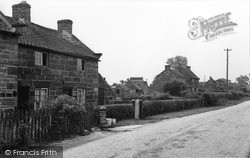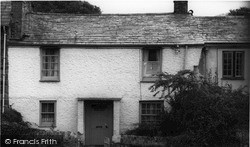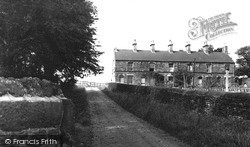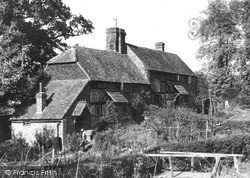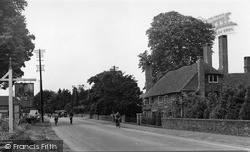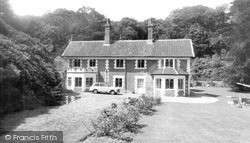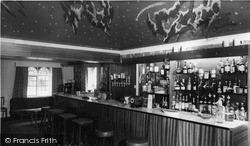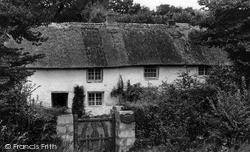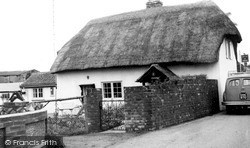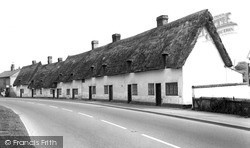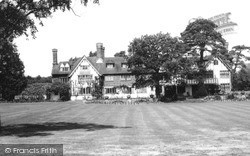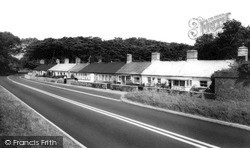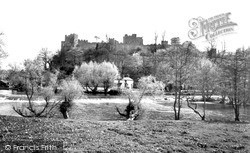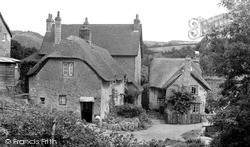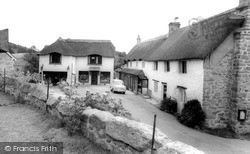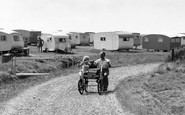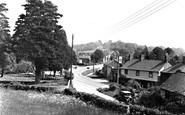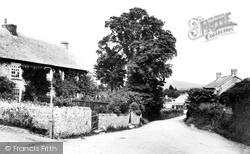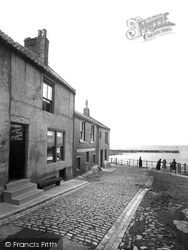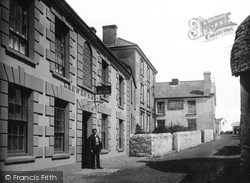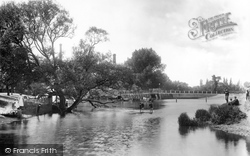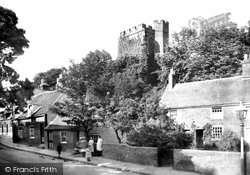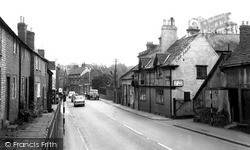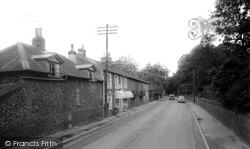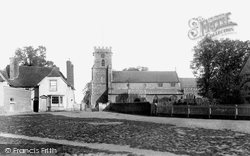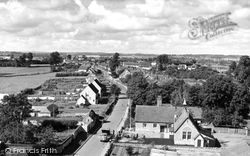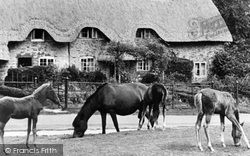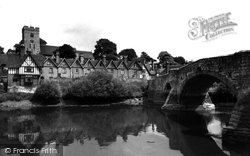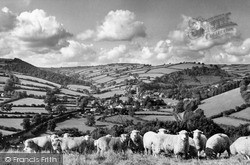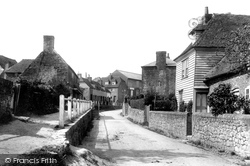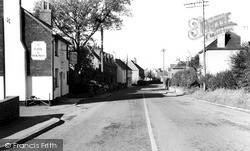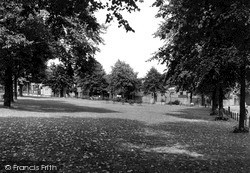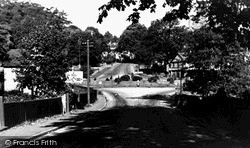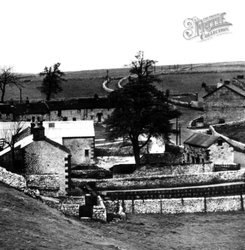Places
6 places found.
Those places high-lighted have photos. All locations may have maps, books and memories.
Photos
2,406 photos found. Showing results 1,001 to 1,020.
Maps
41 maps found.
Books
Sorry, no books were found that related to your search.
Memories
2,827 memories found. Showing results 501 to 510.
Life In Rock Street Aberkenfig
I was born in 1943 and lived at Ely Cottage, Rock Street. The house was built by my Grandfather around 1920, I have a page from a 1926 telephone directory stating that the house was a business address of the Adams ...Read more
A memory of Aberkenfig by
Remembering The High St.
I lived in Chobham from 1939 until 1968,and I cast my mind to the 1950's and the High St. Mr Belcher's shop,where my Mum had an account taking the book to the shop and buying groceries.Mr Wellands bakery,where he made the most ...Read more
A memory of Chobham by
Chestfield And Swalecliffe. The War Years,
Have many memories, some happy, some sad, culminating in the death of my mother, Ivy Maud Smith on the 16th August 1944 when a V1 destroyed a railway bridge causing the train she was on to crash. Had two ...Read more
A memory of Swalecliffe by
Blakes Of North Waltham
My family of Blakes date back to 1735 to my great / 4times William Blake 1735 and Mary More. Blake Cottage was for sale when I visited in 2013 . We also visited the Fox Pub , this property belonged to ...Read more
A memory of North Waltham by
Hope Cottage
Does anyone remember Hope Cottage The Drive and Mrs Goodlands place Fen Haven
A memory of South Woodham Ferrers by
A Beautiful Place
My family roots are from knighton and lloyney, Mona Cadwallader was my aunt she was a midwife in knighton, her sister edith gordon (both nee hammond) was my nan, they lived in lloyney before marriage mona and her husband ken lived ...Read more
A memory of Knighton
Psalter???
I have no memories of my own but understand that the name Skendleby Psalter is connected with a small very old Church, long gone, which was on the site of Wold Cottage, and that the garden and adjacent land down to the bottom lane ...Read more
A memory of Skendleby Psalter
Keepers Cottage
My father was the gamekeeper at Spetchley Estate for Captain Berkeley for about 14 years until my father at 55 had a heart attack one night after they had been duck shooting at the bottom lake in the deer park. My father,mother and ...Read more
A memory of Spetchley by
My Birthplace? "Little Danewood Cottage", Church Rd, Dane Hill
I believe the cottage in the bottom right hand corner could be near my birthplace? If it is, it is one of two cottages on the hill leading up to the church from the village and just below the ...Read more
A memory of Danehill by
Griseburn Ballast Sidings
During the 1950's my grandparents Mary and Jack Holder lived in the railway cottages at Griseburn. My grandfather worked in the signal box and I spent summer holidays with them. One had to leave the road, go down a cart ...Read more
A memory of Griseburn by
Captions
2,020 captions found. Showing results 1,201 to 1,224.
It remains a village of beautiful cottages on the high road between Exeter and Dorchester.
The body of the church used to stand separate from the older tower, and the space between was occupied by cottages until a council chamber was built in 1851. This is now the choir vestry.
The body of the church used to stand separate from the older tower, and the space between was occupied by cottages until a council chamber was built in 1851. This is now the choir vestry.
The village has many attractive ironstone cottages – note the ones on the right. The very popular village pub and restaurant, the Welby Arms, is just beyond the road junction.
These thatched granite cottages have turned their backs to the weather and the comfortless winds off the open seas.
Refreshment can be sought at Captain Cook's Cottage, a café serving luncheons and teas.
Many cottagers on the Lizard opened their doors to visitors and sold artefacts made of the local polished serpentine, including necklaces and model lighthouses.
Warehouses and cottages line the quay, many of them Georgian and early 19th-century with many picturesque bow windows to take advantage of the river views.
Today it peers over the western Roman wall exposed by the demolition of all these cot- tages and into the roaring gulch cut by Balkerne Hill, a dual carriageway stretch of the western bypass
Red-brick workers' cottages face timber and render on the opposite side of the road, speaking of softer parts of the country.
The flint Post Office Stores and cottages have changed very little; the brickwork is still partly painted. To the left is an entrance to Montana, a Roman Catholic residential home.
The cottages were pulled down in 1935: the workmen apparently received a bonus for clearing the rubble in time for an important wedding.
The white plastered cottages clustered around the tiny village green and its war memorial date from the 17th century onwards.
Visitors are still shown the cottage that Thomas Hardy elected to use as the home of Tess of the D'Urbervilles. A number of new houses have been built here since Hardy's time.
Some people are fortunate enough to live away from the towns and in the heart of the New Forest, their old cottages looking as much a part of nature as the trees and furze.
Many of the cottages inside the Forest boundary are of considerable antiquity, being either renovations or replacements of buildings that have stood on the same sites for centuries; it is hard to imagine
There is a magnificent prospect of the church, which looks over the eight brick gables of the cottages. The bridge is built of ragstone and dates from the 14th century.
The meeting of the rivers with their tiny bridges adds to the charm of the village and its thatched cottages. In the foreground are Closewool sheep, typical of Exmoor.
The village has many attractive ironstone cottages – note the ones on the right. The very popular village pub and restaurant, the Welby Arms, is just beyond the road junction.
Its long street winds between brick, tile- and timber-clad cottages with their pleasing confusion of rooflines. Note the safe walkways above the road.
In 1808 a group of cottages stood on the western side of the road facing Dole Green, but only one early 19th-century building had survived by the 1990s.
It remains one of the leafier suburbs, though in 1936 the city council destroyed much of its appeal by demolishing the lovely old cottages which clustered round the green.
Some picturesque cottages were destroyed to widen these roads and create the roundabout, which now dominates the view. On the far side of the roundabout is Lickey Road, the main route from Birmingham.
We are high on the limestone White Peak plateau with this photograph of farm buildings and cottages in the hamlet of Small Dale, north of Peak Dale, to the north east of Buxton.
Places (6)
Photos (2406)
Memories (2827)
Books (0)
Maps (41)


